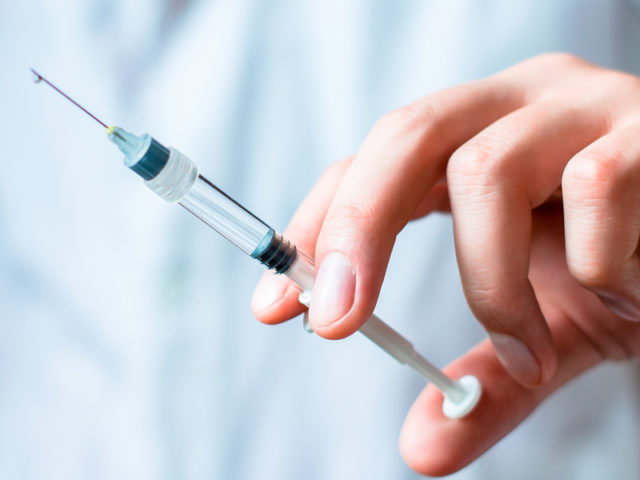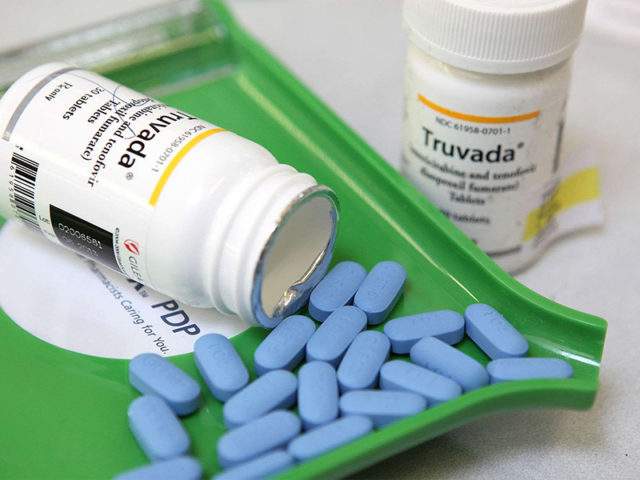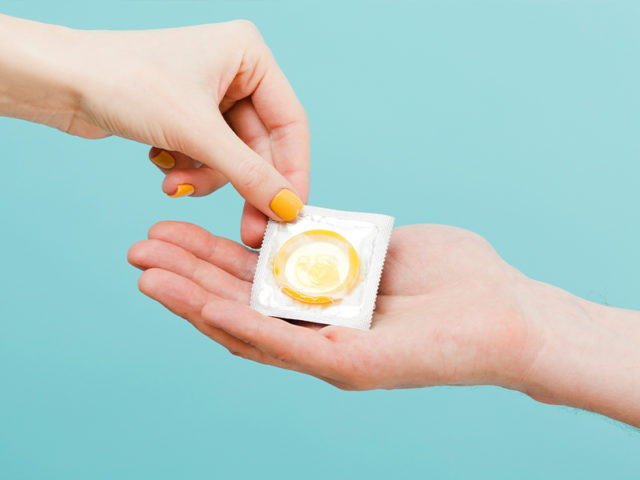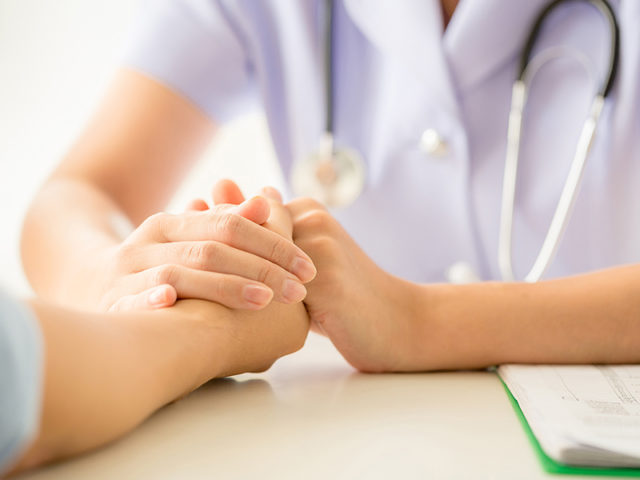December 1 is marked as World AIDS Day across the world. The day, as the name recommends, is to show support for individuals living with HIV and the ones who have lost their lives due to AIDS. The subject of World AIDS Day 2021 is ‘End inequalities and imbalances. End AIDS.’ With a unique spotlight on contacting individuals left behind, WHO and its partners are highlighting the growing inequalities in access to essential HIV services.
The day was first set apart in 1988 and was likewise the very first worldwide day for global health. AIDS is a constant sickness that is brought about by the human immunodeficiency virus (HIV). The immune system of the person who is suffering from the disease gets damaged and also reduces the disease fighting ability of the body.
Symptoms of AIDS In Women & Men, & What Causes AIDS

There are various reasons through which a person can be affected by AIDS. Let’s take a look at what causes AIDS:
1. Unprotected sex with a person who is infected can also pass on the deadly disease to another person.
2. Sharing injection needles, razor blades, knives among other things with an infected person can also be a reason for contraction of the disease.
3. It can be contracted through body fluids like blood, semen, pre-seminal fluid, vaginal and rectal fluids, and breast milk of an infected woman.
Common Symptoms Of AIDS in Women & Men

Within 2 to 4 weeks after HIV symptoms in women and men, about two-thirds of people will have a flu-like illness. Such HIV symptoms in women and men are the body’s natural response to HIV infection. Sore Throat
1. Skin rashes
2. Nausea
3. Body aches
4. Headaches
5. Stomach infection among others.
6. Sore Throat
7. Fever
These symptoms can last anywhere from a few days to several weeks. But some people do not face any symptoms at all during the early stages of HIV.
Please do not assume you have HIV just because you have any of these symptoms— these are common symptoms for several other diseases. But if you think you may have been exposed to HIV, get an HIV test.
After you get tested, make sure to get familiar with your test outcomes. On the off chance that you’re HIV-positive, consider visiting a specialist as soon as you can so you can begin treatment with HIV medication.
Also, know: when you are in the beginning phase of AIDS, you are at exceptionally high danger of transmitting HIV to other people. Find ways to diminish your danger of transmission. Assuming you are HIV-negative, there are counteraction instruments like pre-openness prophylaxis (PrEP) that can assist you with remaining negative.
AIDS Prevention Measures

There are multiple ways of forestalling or adopting preventive measures of AIDS through anal or vaginal sex.
In the event that you are HIV-negative, you can utilise HIV anticipation medication prevention medicine known as pre-exposure prophylaxis (PrEP) or post-exposure prophylaxis (PEP) to protect yourself.
On the off chance that you have HIV, the main thing you can do to forestall transmission and remain sound is to take your HIV medication (known as antiretroviral treatment or ART), consistently, precisely as recommended. As a part of AIDS prevention, individuals living with HIV need to take HIV medicine daily as prescribed and get and keep a track of their illnesses and sexual activity have effectively no risk of sexually transmitting HIV to their HIV-negative partners.
Preventing Getting HIV
The preventive measures of AIDS are as below:

- Choose less risky sexual behaviors
- Receptive anal sex is the riskiest type of sex for getting or transmitting HIV.
- Vaginal sex also carries a risk for getting HIV, though it is less risky than receptive anal sex.
- Oral sex carries little to no risk for getting or transmitting HIV. Theoretically, transmission of HIV is possible if an HIV-positive man ejaculates in his partner’s mouth during oral sex. However, the risk is still very low, and much lower than with anal or vaginal sex.
- Sexual activities that don’t involve contact with body fluids (semen, vaginal fluid, or blood) carry no risk of HIV transmission but may pose a risk for other STDs.
- Use condoms.
- Talk to your doctor about PrEP.
- Take PEP within 72 hours after a possible HIV exposure.
- Encourage your HIV-positive partner to get and stay on HIV treatment.
- Get tested and treated for other STDs and encourage your partners to do the same.
- Reduce your number of sexual partners.
- Decide not to have sex.
- Know your HIV status.
Diagnosis for AIDS
The symptoms that a patient manifests are likely to make the doctor recommend certain medical tests like Antigen Tests and Nucleic acid tests (NATs). The following results of these medical tests will indicate AIDS:
1. Less than 200 CD4+ T cells per cubic millimeter of blood, as compared to approximately 1,000 CD4+ T cells for healthy individuals (CD4+T cells are WBCs or white blood cells that play an essential role in strengthening the immune system of the human body. HIV destroys these cells)
2. CD4+ T cells less than 14 per cent of total lymphocytes, which is a type of WBC
AIDS Treatments

The AIDS Virus isn’t completely treatable however there are a few preventative measures that one should embrace in their daily existence to forestall the agreement of the illness. The AIDS treatments incorporate antiretroviral treatment (ART) and HIV drugs to diminish the hazard of transmission.
The preventive measures against HIV AIDS incorporate, utilising assurance during sex, try not to share needles, sharp edges and so forth with others and building great body resistance.
AIDS is an autoimmune virus that affects the immune system. Life expectancy is different for every person living with HIV. Some people may die within months of their diagnosis. However, due to the advancement of medical technology, the majority of the people live a fairly healthy life with regular antiretroviral therapy.
AIDS like any other disease is curable and treatable, it is not an illness to be ashamed of and shy away from. Seeking timely treatment can mean enjoying a perfectly normal life.

